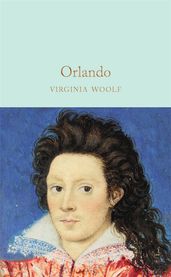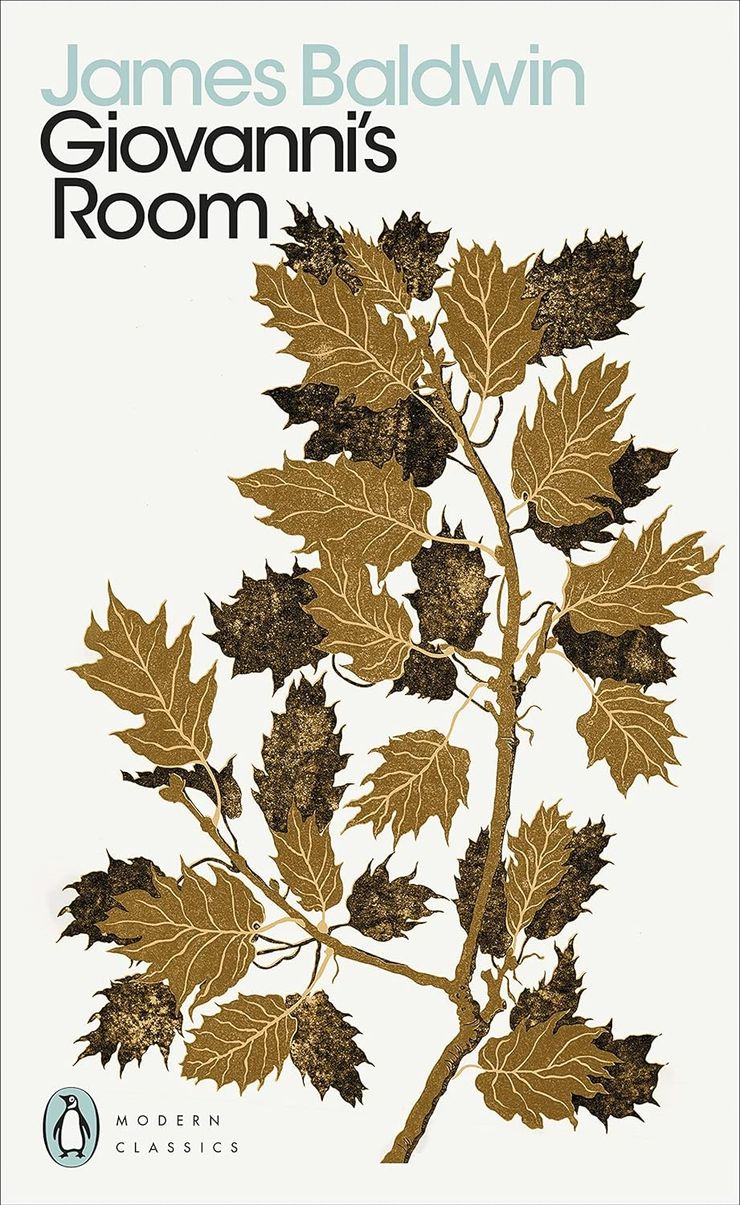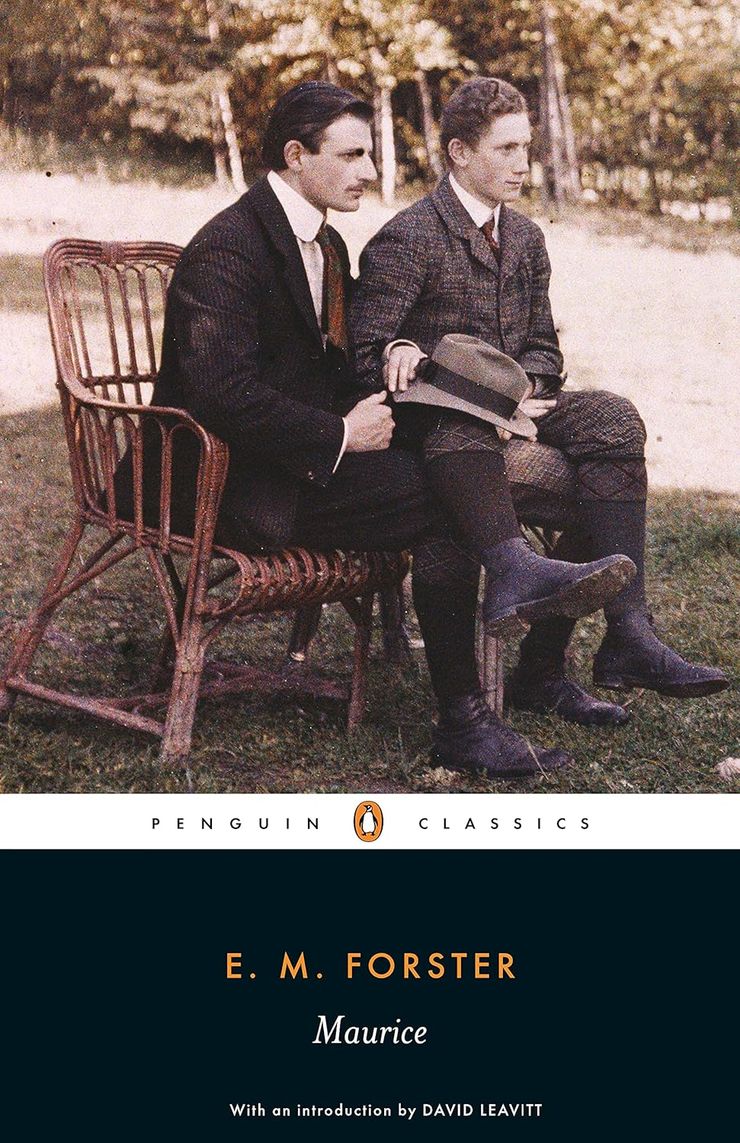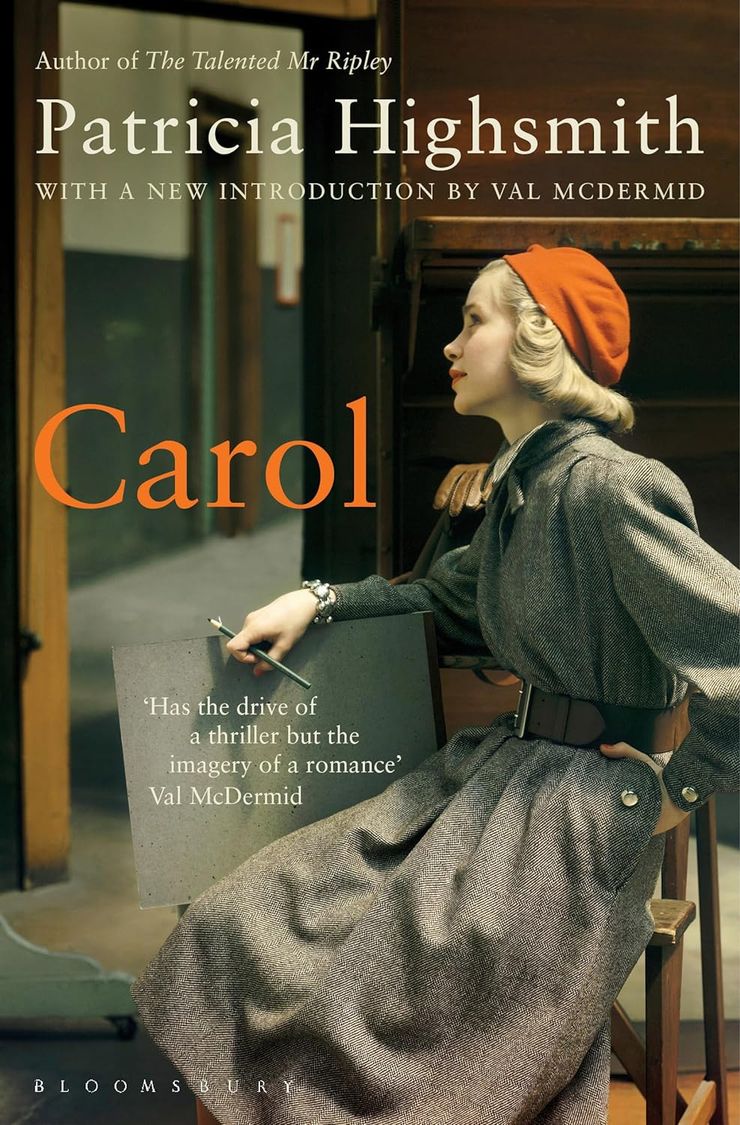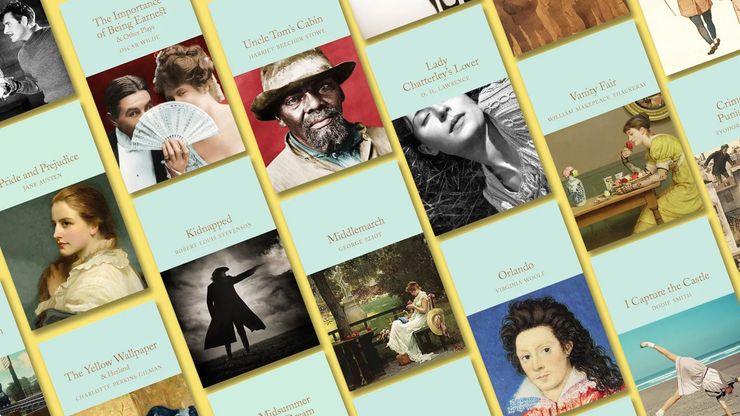Queer classic literature everyone should read
Classic novels that explore LGBTQ+ experiences and relationships.

With much of what is regarded as classic literature created at a time when homosexuality was illegal, you may well expect a paucity of writing about LGBTQIA+ experiences from this period. But there are some great and important books out there. Here we select some of our favourite queer classics from the nineteenth and early-twentieth centuries.
For more LGBTQIA+ reads, discover our edit of the best LGBTQ books of all time.
The Picture of Dorian Gray
by Oscar Wilde
Confronted by his own beauty in a portrait, Dorian Gray gives up his soul to stay young forever whilst the image in the picture ages horribly. In making this Faustian pact, Dorian abandons himself to decadence, vice and addiction. With its daring presentation of gay themes and debauchery, Dorian’s story caused a huge scandal when it was first serialised in 1891. For the published novel, Wilde agreed to tone things down a bit and he even introduced a more ‘moral tone.’ Nevertheless, Wilde’s own experiences are unabashedly referenced throughout the book as he challenges the strict codes of Victorian society and explores themes of hidden identities and the fluidity of attraction.
Leaves of Grass
by Walt Whitman
First published in 1855, Walt Whitman’s Leaves of Grass was truly groundbreaking. Whitman wrote in a style that had never been seen before and which even today is striking in its directness and lack of embellishment. What is also truly remarkable is that Whitman wrote so openly about desire and about the body in a way that completely broke with convention. His poems about love and intimacy between men are thrilling and poignant; here is a writer who paved the way for a completely new kind of poetry.
Orlando
by Virginia Woolf
Read Orlando and you will be thrilled by its gender-swapping protagonist and a breakneck journey through 400 years of history. It’s no surprise that this wildly imaginative and comic novel was an immediate success and that it’s celebrated today as both a feminist and queer classic. The novel was inspired by the life of Vita Sackville-West, Woolf’s lover and close friend. Orlando begins life as a spoilt young man then half way through the book he transforms into a woman. Woolf was a rebel and a pioneer – exposing rigid judgements of women’s lives, and celebrating gender fluidity.
Giovanni's Room
by James Baldwin
An American in 1950s Paris, awaiting the return of his fiancée from Spain, embarks on an intense affair with an Italian barman – the Giovanni of the title. James Baldwin, known for his non-fiction works including The Fire Next Time as well as his novels and short stories, sparked outrage at the time as a black author writing about white gay men, but believed issues of race, sexuality and personal freedom were completely intertwined, and this tragic love triangle has since become a milestone of gay writing.
Hand in Hand with Love
by Simon Avery
Hand in Hand with Love is an outstanding anthology which celebrates queer poetry from Sappho and the Ancient Greeks to Edna St. Vincent Millay and the modernists. Dr Simon Avery skillfully traces the development of poetry, in all its forms, that gives voice to queer lives, loves and friendships. From poets whose only safe space to express their desire and sexuality was on the page, to visionary writers who paved the way for decades to come, this is a celebration of the power of poetry, innovation, and of queer lived experience.
Maurice
by E M Forster
This honest and personal account of gay relationships in an era when love between men was illegal wasn't published until after Forster's death. Maurice is young, privileged and traditional, but cannot fight against his increasing attraction to his own sex. At university, he meets Clive, and then Alec, the gamekeeper on Clive's estate, and experiences a profound emotional and sexual awakening.
Carol
by Patricia Highsmith
Originally published as The Price of Salt and adapted into a film in 2015, Patricia Highsmith's 1952 novel tells the story of shop assistant Therese's relationship with Carol, who is in her thirties and going through a difficult divorce. Set against a backdrop of '50s New York, its a moving, atmospheric love story.
The Well of Loneliness
by Radclyffe Hall
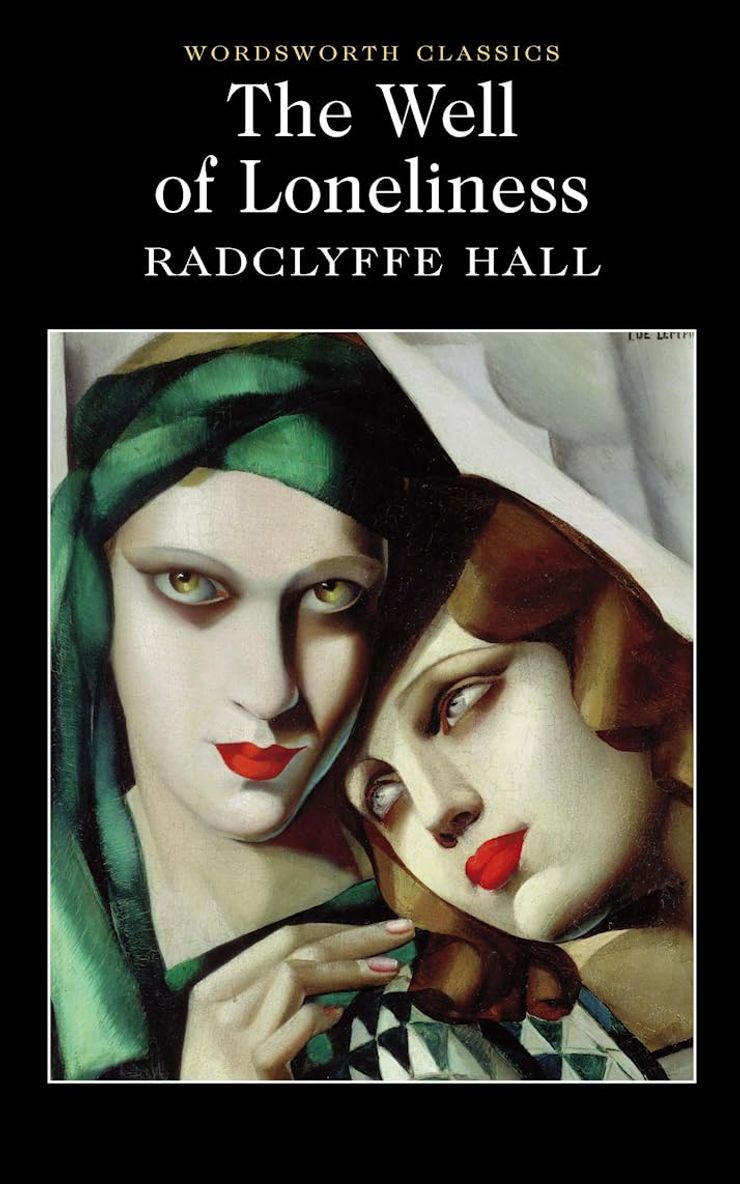
"Give us also the right to our existence." Initially banned for obscenity after publication in 1928, Hall's novel was for a time the most famous lesbian novel written in English. It tells the story of Stephen: fencer, horse rider, scholar and daughter of upper-class parents expecting a son. She goes on to be a war hero and a bestselling writer, but, as a woman who loves women, is still confined by the society she lives in.
Looking for more? Why not explore timeless queer YA classics for all ages


